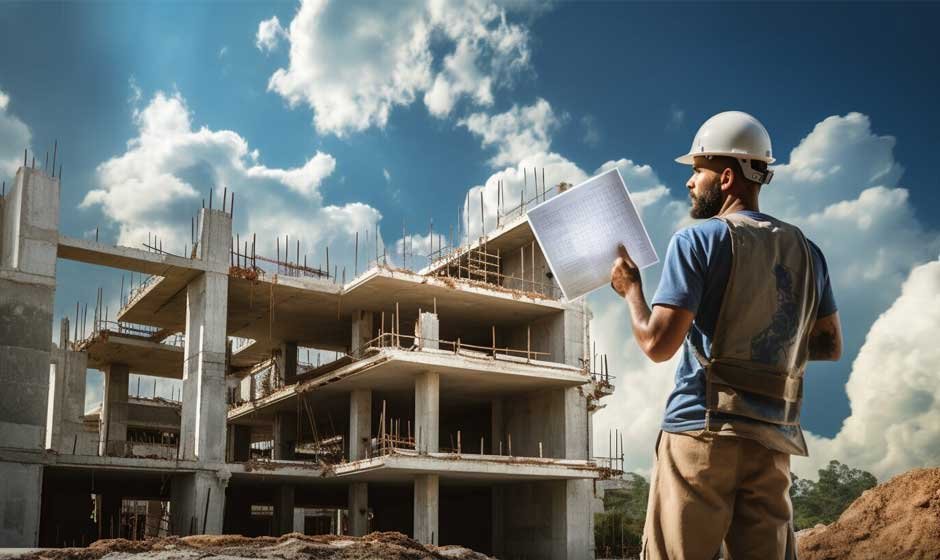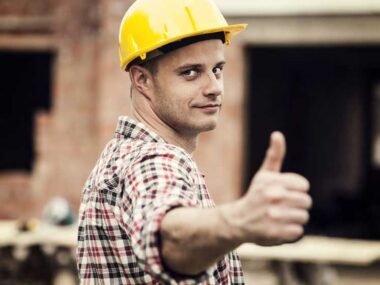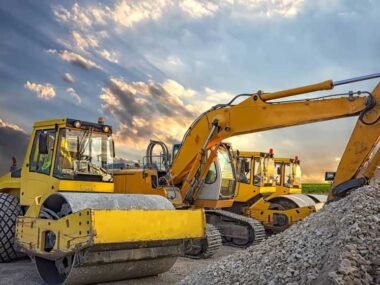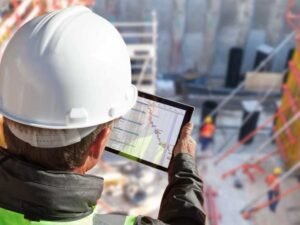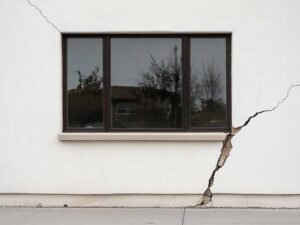Key Takeaways
- Adopting sustainable materials and methods reduces overall environmental impact and aligns building projects with global climate goals.
- Integrating advanced technologies increases efficiency, cuts costs, and enhances operational performance throughout a building’s lifecycle.
- Designing spaces for adaptability ensures long-term functionality and protects investments from obsolescence and rapidly changing needs.
As demands for environmental responsibility and resilience continue to rise in the construction industry, innovative approaches to building design and development are becoming essential. Organizations and individuals alike are prioritizing sustainability to ensure that investments made today yield long-lasting, economically sound, and environmentally friendly structures. Partnering with an experienced construction company can help guide these cutting-edge initiatives, integrating both tradition and technology for smarter, greener projects.
Future-proofing construction is now a standard, with architects, builders, and developers using smart materials, energy efficiency, and flexible strategies. A culture of sustainability from site selection to design supports long-term growth, reduces environmental impact, and creates durable, adaptable buildings. Emphasizing sustainability across all building phases is key to meeting environmental goals and future-proofing assets.
Embracing Sustainable Materials
Environmentally responsible material choices lay the foundation for future-proof construction. For example, cross-laminated timber (CLT) is increasingly used for its durability, strength, and lower carbon footprint compared to traditional concrete and steel. Incorporating recycled materials such as reclaimed wood, metal, and even recycled plastics not only conserves vital resources but also contributes unique design elements that set projects apart.
Meanwhile, low-impact options like bamboo, hempcrete, and fly ash concrete are helping the industry reduce emissions and achieve higher sustainability ratings. The careful selection of non-toxic, locally sourced materials further reduces transportation emissions and supports local economies. These measures collectively contribute to the construction of healthier, more environmentally conscious buildings.
Integrating Smart Technologies
Technological innovation is transforming sustainable construction by boosting efficiency and resource management. Tools like Building Information Modeling (BIM) let teams visualize projects in 3D, ensuring accurate measurements, better coordination, and less material waste. IoT-connected smart energy systems automate lighting and HVAC, optimizing based on real-time needs. AI and data analytics forecast energy use, predict maintenance, and enable preventative actions to extend building lifespan. These advances help facilities operate more efficiently, cut energy costs, reduce environmental impact, and improve occupant comfort.
Designing for Adaptability
Modern sustainable construction emphasizes flexibility with movable walls, modular techniques, and multi-use spaces for easy reconfiguration. Durable finishes and systems cut repair costs, boosting long-term value. Future water measures like low-flow fixtures and stormwater reuse conserve resources, protect against rising costs, and adapt to regulations.
Implementing Green Building Certifications
Green certifications like LEED (Leadership in Energy and Environmental Design) and BREEAM (Building Research Establishment Environmental Assessment Method) provide rigorous, third-party standards for achieving holistic sustainability in construction projects. These certifications encourage comprehensive sustainability, covering everything from energy efficiency to indoor air quality, and offer recognition that helps boost property values, attract tenants, and foster industry leadership. LEED guidelines offer flexible frameworks adaptable to nearly any project type and budget, which further supports builders in achieving key environmental and performance goals.
Utilizing Prefabrication and Modular Construction
Prefabrication and modular construction reduce project timelines, minimize on-site waste, and offer superior quality control by assembling building components in a controlled environment. This off-site approach is especially beneficial for complex projects or those facing tight urban constraints, as it lowers disruption and enhances safety. Modular systems can also be powered using renewable energy sources, aligning new builds with industry-wide decarbonization goals.
Focusing on Energy Efficiency
Energy efficiency remains central to sustainable building. Smart thermostats, LED lighting, solar panels, and next-generation insulation make a substantial difference in lowering operational energy use. Passive design strategies—such as maximizing natural light, positioning windows for cross-ventilation, and incorporating green roofs—help cut costs and carbon emissions while creating more enjoyable spaces for occupants. Intelligent design supports not only sustainability, but also comfort and long-term economic savings.
Prioritizing Water Conservation
Water-saving efforts, from rainwater harvesting systems to native landscaping that requires little irrigation, provide lasting cost and resource benefits. High-efficiency fixtures and careful site planning enhance resilience in the face of growing global water scarcity. Major cities around the world are also enacting new standards to address water stress, making early adoption of water conservation strategies an essential aspect of future-proofing construction.
Conclusion
Sustainable building practices now lie at the heart of constructing better, smarter, and more durable spaces. By leveraging eco-conscious materials, smart technology, adaptable design, rigorous certifications, and a strong commitment to conservation, today’s builders are forging a future where structures excel in resilience and performance. These sustainable strategies give communities more than just shelter—they create lasting value and a blueprint for environmental stewardship in the decades to come.
